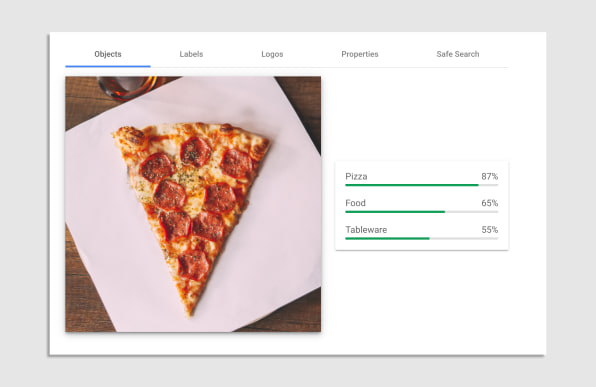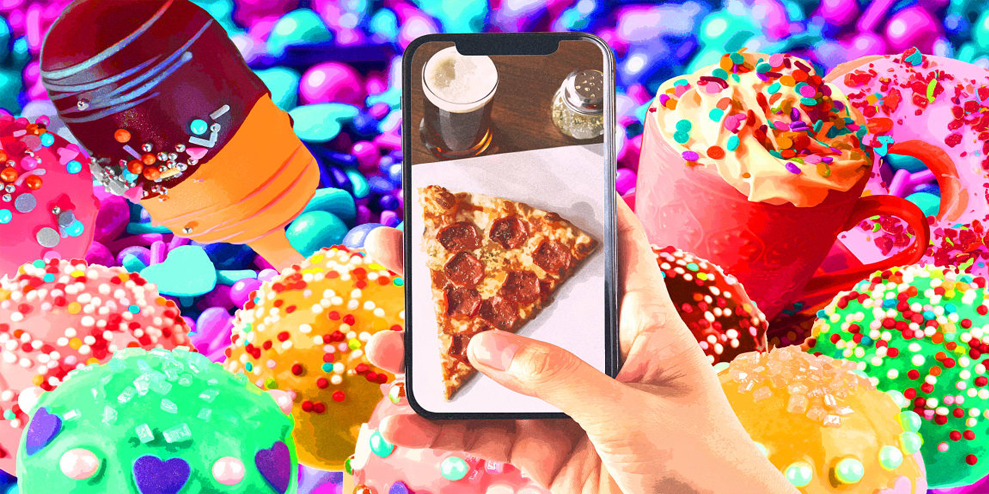The Instagrammable food trend has given birth to novelty items like unicorn lattes and poop cafes. But is this actually effective?
The past decade has seen the rise of the Instagrammable food trend, where restaurants have altered menus to prioritize visual uniqueness—often at the expense of taste.
In a competitive social media landscape where users are inundated with content, the question for restaurateurs has been how to stand out and generate audience engagement in the form of likes, comments, and shares.
Under the assumption that creating unique food items will help businesses stand out and garner more engagement on social media, the Instagrammable food trend has given birth to novelty items like unicorn lattes and poop cafés.
But does this strategy actually work? Do unique, distinct, and atypical-appearing foods garner the most engagement? Or do people engage more with normal, familiar, and typical-appearing foods?
WHAT PEOPLE THINK INSTAGRAMMABLE FOOD IS
Since social media platforms use rank-ordering algorithms to prioritize and boost content, figuring out which foods garner more social media engagement will help restaurants and food content creators determine how to better amplify the reach of their online content.
Conventional social media wisdom suggests that people will engage with social media content they deem entertaining, where “entertaining” is synonymous with unique, distinct, and atypical.
In a food context, it has been assumed that entertaining means food that looks more unique, distinct, and atypical.
This assumption has sparked an industry trend where restaurants have abandoned taste in lieu of visual aesthetics, such as bright and unusual colors, to spark engagement on visual-based social media platforms, such as
There are many different examples of this over-the-top food trend on Instagram, from the Bagel Store in Brooklyn, New York, to Fugo Desserts, the Enchanted Poutinerie, and Glory Hole Doughnuts, in Toronto.
WHAT INSTAGRAMMABLE FOOD REALLY IS
Our recent investigation, published in the Journal of Business Research, investigates which foods are truly the most Instagrammable—in other words, which ones garner the most likes, comments, and shares.
Our research examined over 10,000 images of food on Instagram from over 850 top restaurants (according to Eater.com), using Google Vision, a machine-learning algorithm that extracts insights from images.

We found that when Google Vision was more confident that an image contained actual food—a proxy for how normal and typical the food actually is— the more social media engagement it received.
A follow-up experiment suggests that positive affect, which is the extent to which we feel good, helps explain this relationship.
While social media forecasters may suggest that unique foods are a trend, this logic contradicts some principles of evolutionary psychology. Humans evolved to quickly visually recognize foods, not just for what is edible, but also for what is calorie-dense.
Since finding and eating edible food was crucial for survival when humans were hunter-gatherers, we may be hardwired to feel intrinsically good when we simply see food we know we can eat.
SOCIAL MEDIA FOOD MARKETING
How is this relevant to social media? The average user spends over two hours a day on social media platforms, exposing themselves to hundreds of different posts in a single scrolling session.
While rapidly processing content, the brain may instinctively feel more positively toward images that are more easily recognized as food. These positive feelings can then transfer to behaviors directed toward the post, thereby increasing the likelihood of the post receiving likes, comments, or shares
Since people feel better when they see foods that are easily recognizable as food, normal-looking food tends get more likes. On the other hand, unique foods tend to result in lower social media engagement because they are harder to recognize and classify as food.
Despite food industry bloggers and social media trends suggesting that people crave unique, eye-catching content, the most successful Instagrammable foods are the normal-looking ones that are more easily recognized as food.
Not ice cream disguised as feces served in a toilet, waffles shaped like penises, or unusually colored ice cream. Instead, consumers appear to engage more with regular food, like a classic burger or normal pizza—no unconventional shapes or colors required.
—
This article first appeared in www.fastcompany.com
Seeking to build and grow your brand using the force of consumer insight, strategic foresight, creative disruption and technology prowess? Talk to us at +971 50 6254340 or engage@groupisd.com or visit www.groupisd.com/story




